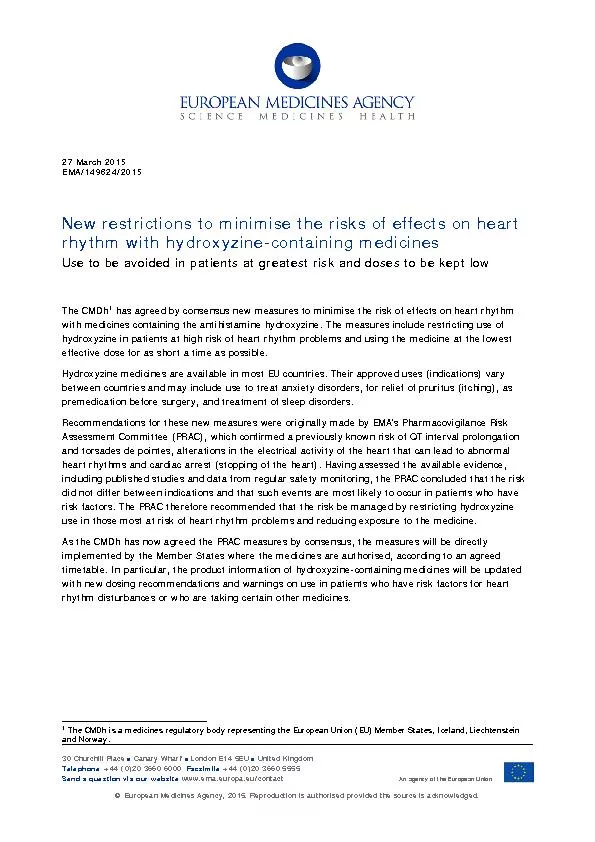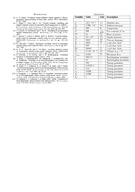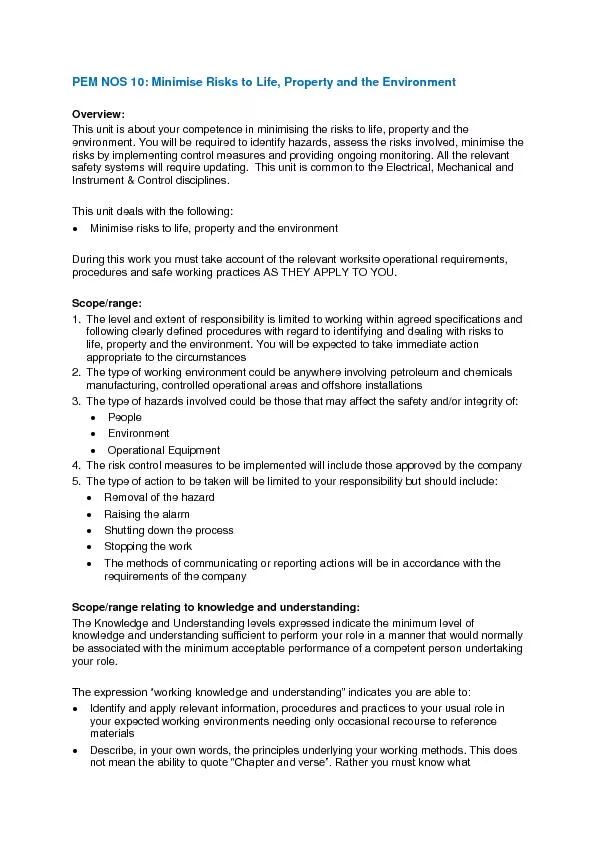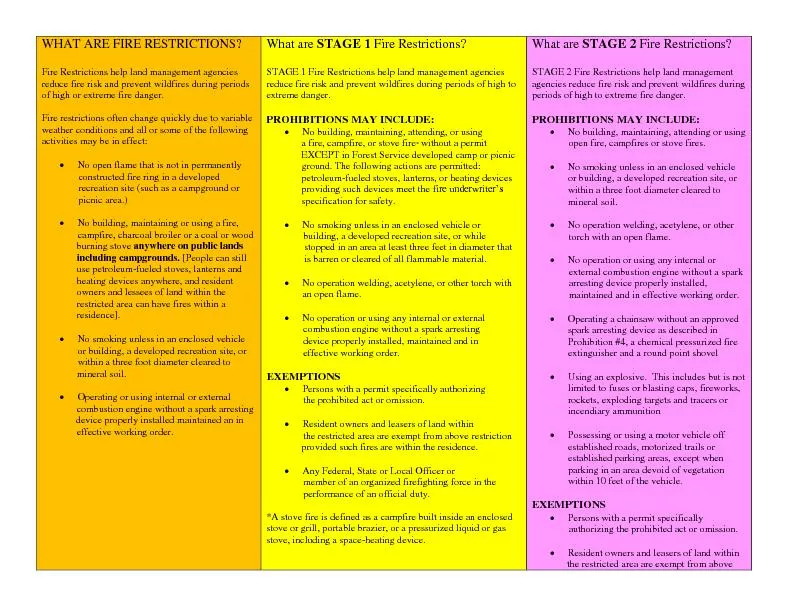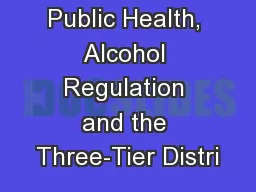PDF-27 March 2015EMA/149624/2015New restrictions to minimise the risks of
Author : stefany-barnette | Published Date : 2016-06-26
30 Churchill PlaceCanary Wharf London E14 5EUUnited KingdomAn agency of the European Union Telephone44 020 3660 Information to patientsMedicines containing the antihistamine
Presentation Embed Code
Download Presentation
Download Presentation The PPT/PDF document "27 March 2015EMA/149624/2015New restrict..." is the property of its rightful owner. Permission is granted to download and print the materials on this website for personal, non-commercial use only, and to display it on your personal computer provided you do not modify the materials and that you retain all copyright notices contained in the materials. By downloading content from our website, you accept the terms of this agreement.
27 March 2015EMA/149624/2015New restrictions to minimise the risks of: Transcript
Download Rules Of Document
"27 March 2015EMA/149624/2015New restrictions to minimise the risks of"The content belongs to its owner. You may download and print it for personal use, without modification, and keep all copyright notices. By downloading, you agree to these terms.
Related Documents

